Vintage Tribal Kilim Runner 2' 8" x 10' 11" (32" x 131")
Type:
Kilim RugsCollection:
Tribal RunnersID:
K0077512Size:
Material:
The designs feature a rich array of symbols representing tribal culture and Anatolian motifs, often in the form of medallions, diamonds, and other geometric shapes.
The designs feature a rich array of symbols representing tribal culture and Anatolian motifs, often in the form of medallions, diamonds, and other geometric shapes. These kilim runners are ideal for hallways and narrow spaces, offering a touch of ethnic charm and artisanal quality to any interior.
Herki kilims not only serve as functional floor coverings but also as artistic expressions of tribal identity, making each rug a unique cultural artifact.
Design Elements
- Geometric Patterns: The kilim runner features a series of geometric shapes, primarily diamonds and rectangles, which are arranged in a symmetrical and repetitive pattern. This adds a sense of rhythm and movement to the design.
- Symmetry: The design displays a mirror-like symmetry that enhances the overall visual balance, drawing the eye along the length of the runner.
- Textured Weave: The flatweave technique highlights the craftsmanship and creates a tactile quality, making it suitable for both decorative and functional use in homes.
- Borders: The solid borders frame the intricate patterns within, providing a clear boundary between the design and the surrounding space.
- Layering: The overlapping colors and motifs create a sense of depth and complexity, inviting viewers to appreciate the intricacies of the design.
Colors
- Warm Tones: Predominantly red and orange shades dominate the color palette, symbolizing warmth, energy, and vitality.
- Earthy Neutrals: The presence of brown, beige, and cream tones grounds the vibrant colors, representing stability and a connection to nature.
- Bold Color Contrasts: The juxtaposition of warm and cool colors heightens the visual interest and draws attention to specific motifs.
- Color Symbolism: Each color carries meaning; for instance, red often symbolizes passion and strength, while beige represents calmness and simplicity.
Main Motifs and Their Symbolism
- Diamonds: Often represent good luck and protection in tribal cultures. Their shape is believed to ward off evil spirits and bring prosperity.
- Stripes: Often symbolize the journey of life, representing the ups and downs one encounters along the way.
- Crosses: Representing different cultural connotations of faith and unity, crosses often signify balance and harmony among opposing forces.
- Triangles: Frequently symbolize change or transition, reflecting the dynamic nature of life and movement.
- Color Combinations: Specific color pairings enhance the meanings of symbols, such as the combination of red and orange, suggesting movement and warmth.
Summary
The vintage tribal kilim runner showcases a rich interplay of geometric patterns and warm colors, expertly woven to create a visually engaging design. Its elements—symmetry, texture, and layered motifs—speak to the craftsmanship behind it. The colors reflect vitality and earthiness, while the motifs embody cultural meanings related to luck, protection, and the nature of life. Together, these elements offer a deep appreciation for the art of weaving and the symbolic significance within tribal textiles.
- Ships in 1-4 business days
- Only one in stock, handmade, unique
- Free shipping via FedEx Express. Easy returns
- Contact us or add a note to your order if you want us to delay your shipping.
- Request more info if you want this rug shorter or narrower
Colors may appear slightly different across various monitors due to screen settings device differences, and external lighting conditions. If color accuracy is important for your space, we recommend viewing the rug on multiple devices or contacting us for a detailed color description. We can provide detailed photos and references using Sherwin-Williams, Benjamin Moore, Pantone, or even Crayola crayons.
You can also visualize most of our products in your own room with AR (augmented reality) on an iPhone or iPad.
Return Policy
Need a rug pad? We recommend RugPadUSA
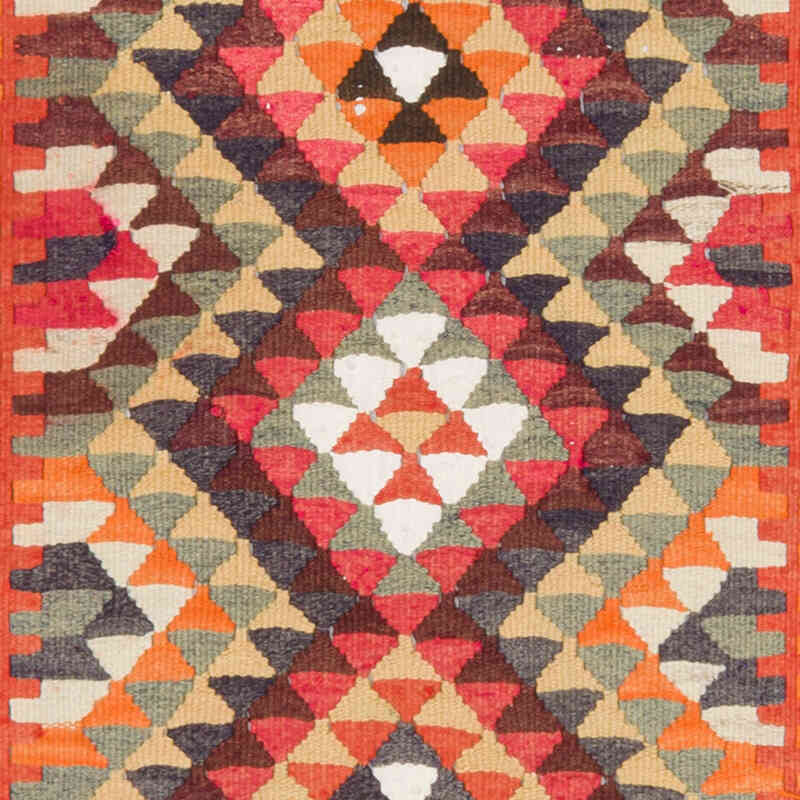
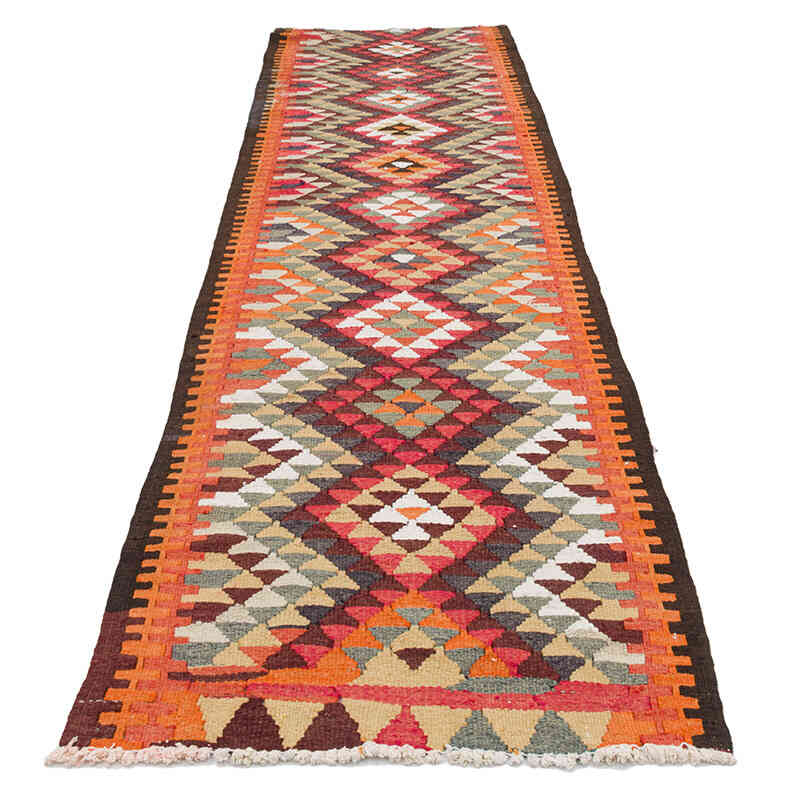
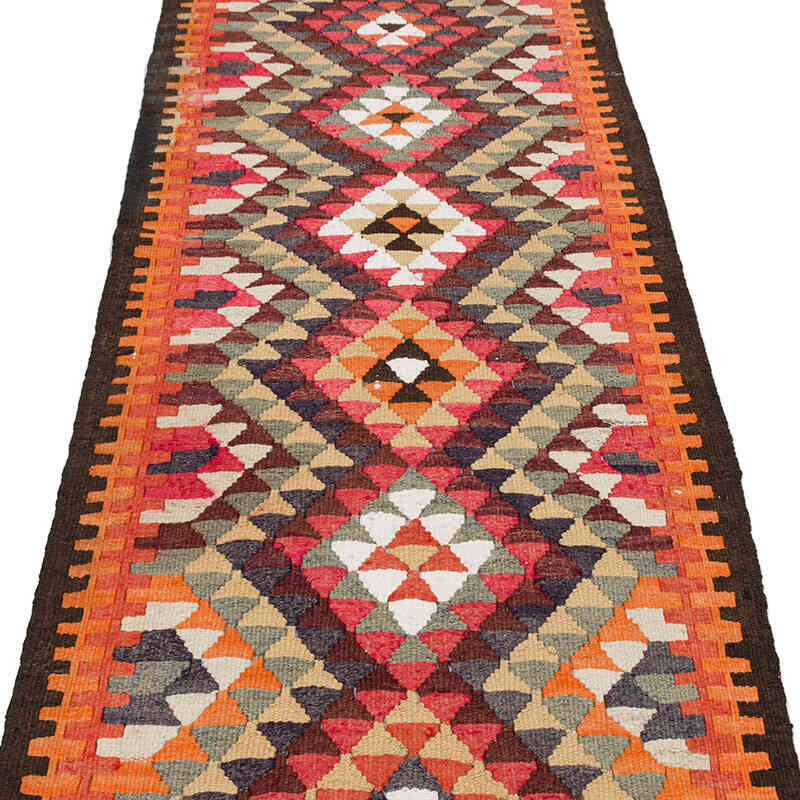
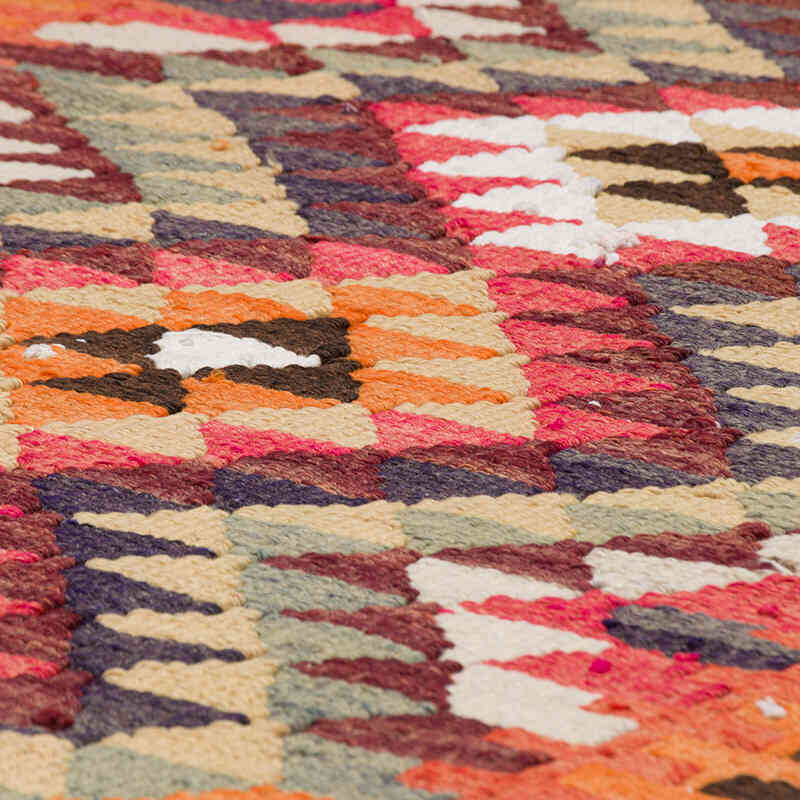
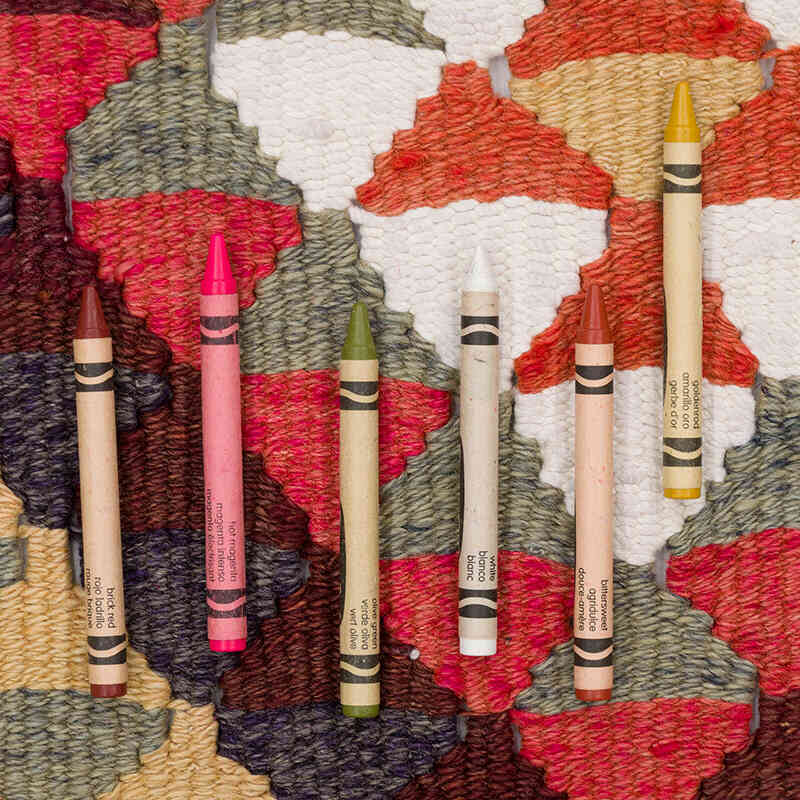
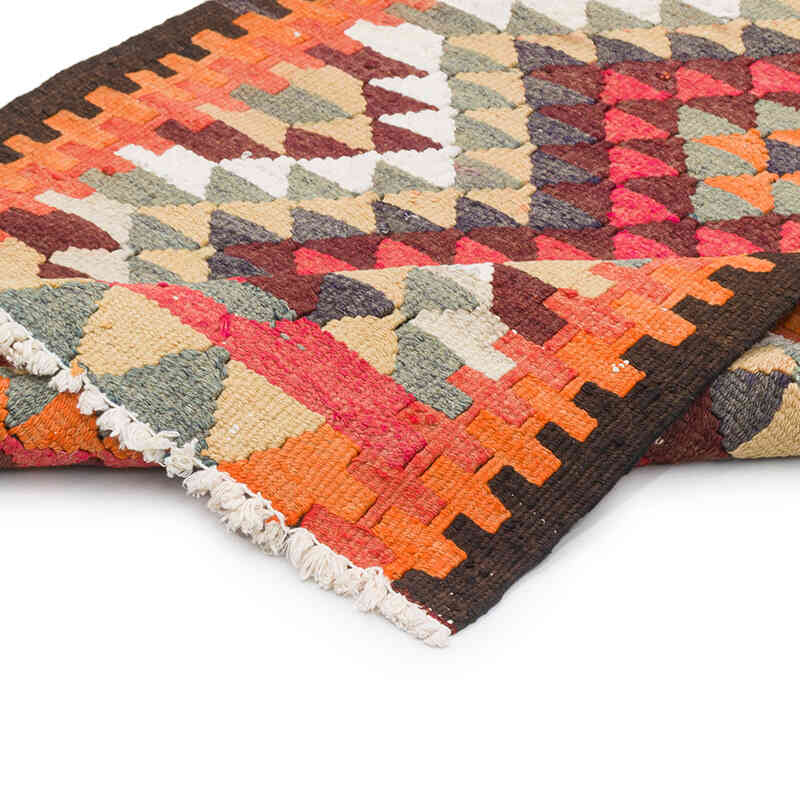
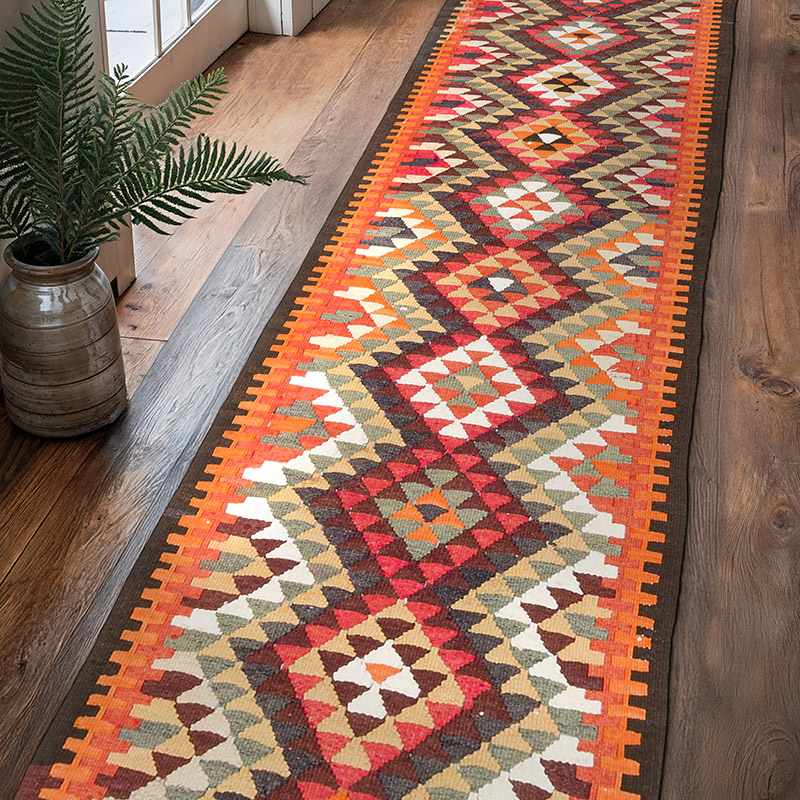




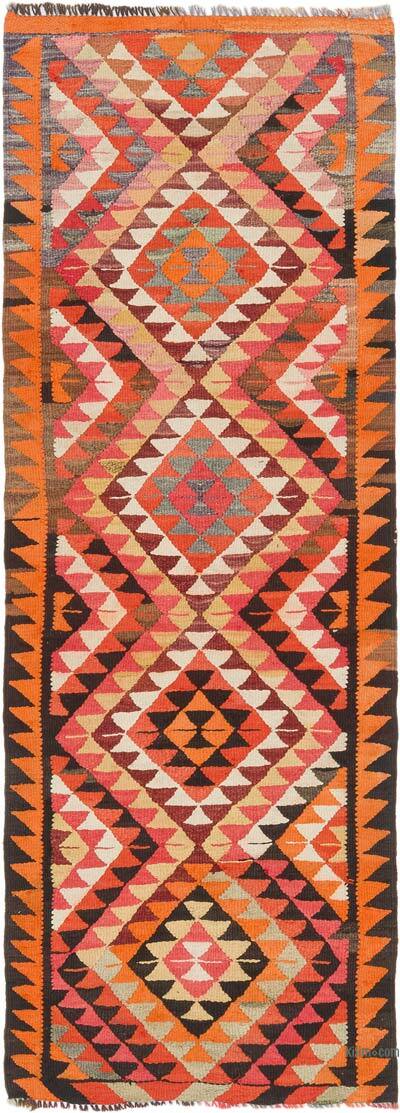











Great supplier of quality rugs!!!